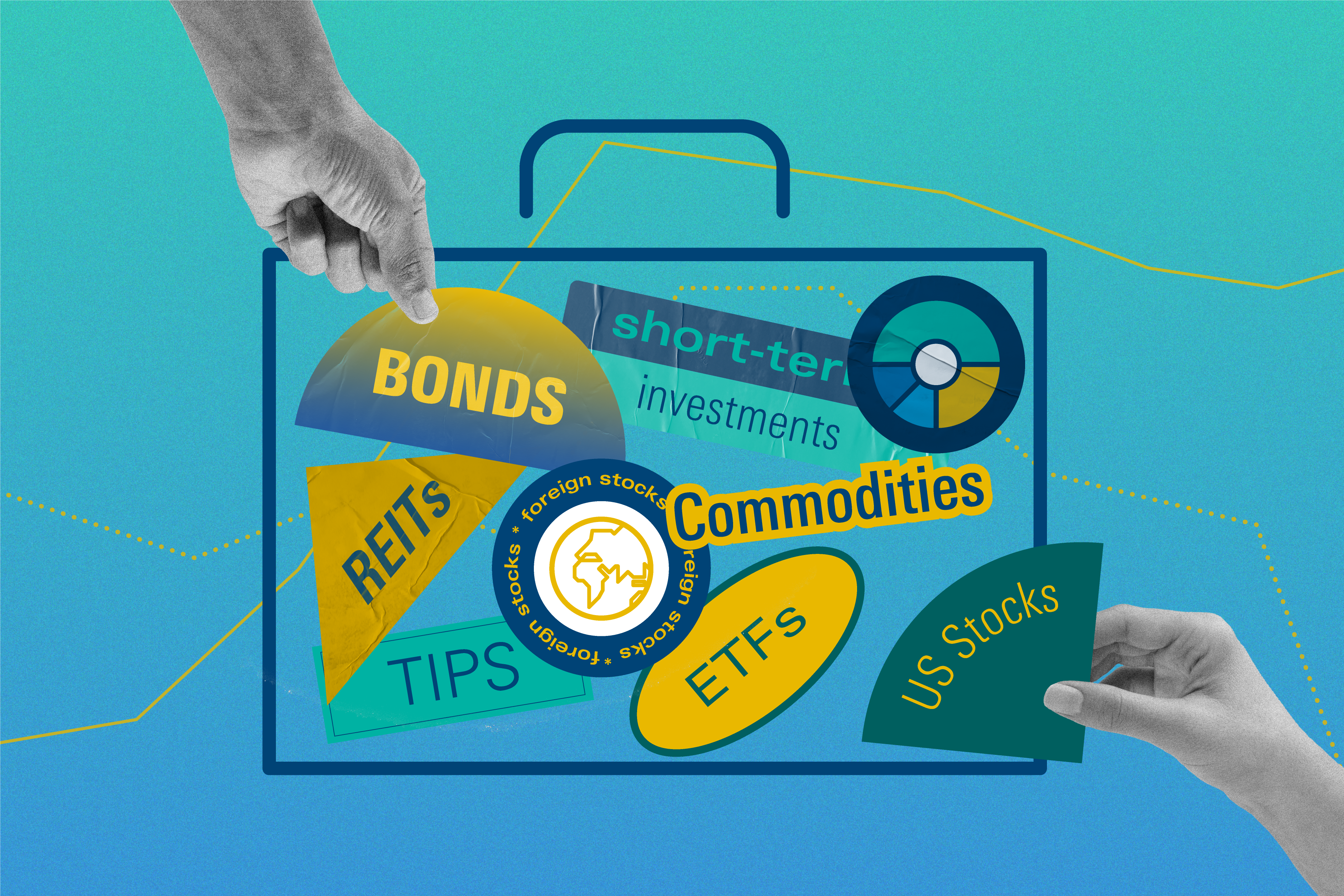Crafting Your Perfect Investment Mix
Building a balanced investment portfolio is crucial for achieving optimal returns and long-term financial success. A well-crafted investment mix can help you minimize risk while maximizing potential gains, ensuring that you are well-prepared for any market conditions.
When it comes to crafting your perfect investment mix, there are several key factors to consider. The first step is to assess your risk tolerance and investment goals. Are you looking for steady, conservative growth, or are you willing to take on more risk in exchange for the potential of higher returns? Understanding your own investment preferences is essential for creating a portfolio that aligns with your financial objectives.
Once you have a clear understanding of your risk tolerance and investment goals, the next step is to diversify your portfolio. Diversification is the practice of spreading your investments across different asset classes, industries, and geographic regions to reduce risk. By diversifying your portfolio, you can protect yourself from the impact of a downturn in any one sector or market, while still capturing the potential upside of other areas.
When crafting your perfect investment mix, it’s important to consider a mix of different asset classes, including stocks, bonds, real estate, and alternative investments. Each asset class has its own unique risk and return characteristics, so by combining them in a strategic way, you can create a well-rounded portfolio that is designed to weather market fluctuations and deliver consistent returns over time.

Image Source: arcpublishing.com
In addition to asset class diversification, it’s also important to consider diversification within each asset class. For example, within the stock portion of your portfolio, you may want to invest in a mix of large-cap, mid-cap, and small-cap stocks to ensure that you are exposed to a range of market opportunities. Similarly, within the bond portion of your portfolio, you may want to consider investing in a mix of government, corporate, and municipal bonds to reduce risk and enhance overall stability.
Another important consideration when crafting your perfect investment mix is to periodically rebalance your portfolio. Rebalancing involves adjusting the allocation of your investments to maintain your desired asset allocation and risk profile. Over time, as some investments outperform others, your portfolio may become overweighted in certain asset classes, exposing you to greater risk. By regularly rebalancing your portfolio, you can ensure that your investments stay aligned with your long-term financial goals and risk tolerance.
Overall, crafting your perfect investment mix is a dynamic and ongoing process that requires careful consideration and strategic planning. By taking the time to assess your risk tolerance, diversify your portfolio, and periodically rebalance your investments, you can build a balanced investment portfolio that is designed to deliver optimal returns and help you achieve your financial goals. So, roll up your sleeves, get creative, and start crafting your perfect investment mix today!
Maximizing Returns with Diversification
Building a balanced investment portfolio is essential for achieving optimal returns in the long run. One key strategy to maximize returns is diversification. Diversification involves spreading your investments across different asset classes, industries, and geographical regions to reduce risk and potentially increase returns.
When it comes to investing, the old saying don’t put all your eggs in one basket couldn’t be more accurate. By diversifying your investments, you can reduce the impact of a single asset performing poorly on your overall portfolio. This is because different assets tend to perform differently under various market conditions, so having a mix of investments can help cushion your portfolio against market volatility.
There are several ways to diversify your investment portfolio. One way is to invest in different asset classes, such as stocks, bonds, real estate, and commodities. Each asset class has its own unique characteristics and behaves differently in the market, so having a mix of these assets can help you achieve a more stable and balanced portfolio.
Another way to diversify is to invest in different industries or sectors. For example, instead of investing solely in technology stocks, you could spread your investments across sectors like healthcare, consumer goods, and energy. This way, even if one sector experiences a downturn, your overall portfolio will be less affected.
Geographical diversification is also important when building a balanced investment portfolio. Investing in different countries or regions can help reduce the risk of being overly exposed to a single market. By spreading your investments globally, you can take advantage of growth opportunities in different regions and protect your portfolio against regional economic downturns.
In addition to diversifying across asset classes, industries, and regions, it’s also important to diversify within each asset class. For example, if you’re investing in stocks, you could diversify by investing in large-cap, mid-cap, and small-cap stocks. This way, you can capture the growth potential of different types of companies and reduce the risk of being overly exposed to a single segment of the market.
One common mistake that investors make is putting all their money into one or two investments that they believe will perform well. While this strategy can potentially lead to high returns, it also exposes you to a higher level of risk. If those investments don’t perform as expected, your entire portfolio could suffer significant losses.
On the other hand, by diversifying your investments, you can spread that risk across a range of assets and reduce the likelihood of a major loss. While diversification may not guarantee a profit or protect against losses, it can help you achieve a more stable and resilient portfolio over the long term.
In conclusion, maximizing returns with diversification is a key strategy for building a balanced investment portfolio. By spreading your investments across different asset classes, industries, and geographical regions, you can reduce risk and potentially increase returns. Diversification allows you to take advantage of growth opportunities while protecting your portfolio against market volatility. So remember, don’t put all your eggs in one basket – diversify your investments for optimal returns.
How to Create a Diversified Investment Portfolio for Maximum Returns